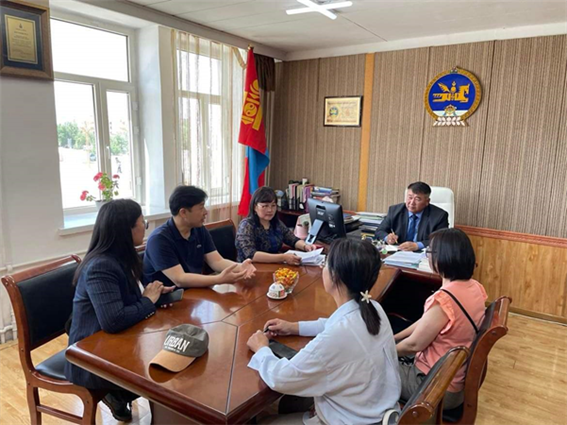RELATED Live.
- About us
- Find Hospitals
-
KIMA Doctors
- All
- Anesthesiology
- artificial joint center
- Breast and Endocrine Surgery
- Breast cancer and thyroid cancer center
- Breast Surgery
- Cardiology
- Cardiothoracic Surgery
- Cerebrovascular Center
- Colorectal Surgery
- dental and maxillofacial surgery
- Dermatology
- Endocrinology
- Gastroenterology
- General Surgery
- Genito-Urology
- Hematology
- Hemato-oncology
- Infection Center
- Internal Medicine
- International Healthcare Center
- Korean Medicine
- liver center/Pancreas and billiary tract center
- Liver Transplantation
- Neurology
- Neurosurgery
- Obstetrics & Gynecology
- Ophthalmology
- Orthopedic
- Otorhinolaryngology
- Pediatric & Juvenile
- Pediatric Allergy and Respiratory Diseases
- Pediatric Gastroenterology
- Pediatric Neurology
- Pediatrics
- Physical Medicine & Rehabilitation
- Plastic & Reconstructive Surgery
- plastic surgery
- Pulmonology
- Radiation oncology
- Rheumatology
- Thyroid & Endocrine Surgery
- Urology
- Vascular Surgery
- KIMA News
- KIMA Live
- Community
KIMA NEWS
- The Occupational and Environmental Medicine Center provides pneumoconiosis screening for gold mine workers in Bayankhongor, Mongolia and training for local healthcare professionals
- Cross-border medical service and propagation of the know-how to diagnose and prevent dust-related diseases
Professor Myung Jun-pyo from the Occupational and Environmental Medicine Center at Seoul St. Mary’s Hospital of the Catholic University of Korea screened gold mine workers in Bayankhongor, Mongolia for respiratory diseases at a WHO collaborating center (WHO CC for Occupational Health, KOR-09). There was also a class on occupational lung diseases held for medical staff from the Respiratory and Allergy Department at the Mongolian National University of Medical Sciences.

In Mongolia, there has been indiscriminate development of small-scale metal mines across the country, even in the vicinity of the capital, Ulaanbaatar, and there has consequently been a growing incidence of occupational diseases such as pneumoconiosis. Seoul St. Mary’s Hospital Occupational and Environmental Medicine Center, armed with extensive experience in the prevention, treatment, and management of occupational lung diseases among domestic coal mine workers in the past, has provided education to medical professionals on occupational lung diseases in Mongolia on a number of occasions since 2016. Since 2020, the center has been running a capacity-building program for Mongolian healthcare professionals to be able to examine the current status of occupational lung disease incidence.
In this program, respiratory system examinations (chest radiography, spirometry, and blood tests) and medical treatment were provided to 140 gold mine workers.
Dr. Myung gave a lecture on the causes, diagnosis, treatment, and prevention of pneumoconiosis, an occupational respiratory disease that can be caused by dust, to around 20 healthcare professionals from the central provincial (aimag) hospital and district (sum) medical institutions in Bayanghongor.
It was found that a gold mine worker in his early 40s had no choice but to work in the mine to make ends meet, despite showing signs of pneumoconiosis and experiencing severe breathing difficulties. Upon learning of this case, the local medical professionals also realized the need to address this issue.
To help improve the situation, Dr. Myung and local medical staff identified the current situation with occupational respiratory diseases together with the Deputy Governor of Bayanghongor Province and the heads of small-scale gold mine workers’ associations, introduced the Korean system for diagnosis, treatment, and prevention of related diseases, and obtained the provincial government’s promise to help prevent such diseases being contracted by small-scale gold mine workers.
Professor Myung said, “Through the WHO CC program over the years, we have been promoting the competence of healthcare professionals around the world to deal with occupational respiratory diseases including pneumoconiosis, which is becoming more prevalent in Mongolia. Thanks to such efforts transcending national borders to respect life, Mongolian medical workers are identifying high-risk regions and groups for pneumoconiosis on their own, educating local medical professionals, and cooperating with the provincial government, which I believe is evidence that this international healthcare collaboration is a success. Through continuous exchanges in the future, we will transfer our competencies to manage the health of our nation’s mining workers to Mongolia in an effort to reduce the unfortunate incidence of people losing their lives while striving to make a living.”
The Occupational and Environmental Medicine Center at Seoul St. Mary’s Hospital has been playing a pivotal role in the diagnosis, compensation, and prevention of pneumoconiosis patients in Korea since it opened an occupational disease clinic in 1965. It has been carrying out capacity building programs in the field of occupational and environmental health, predominantly in Asia, since it was designated as a WHO CC in 1972.
Inquiry